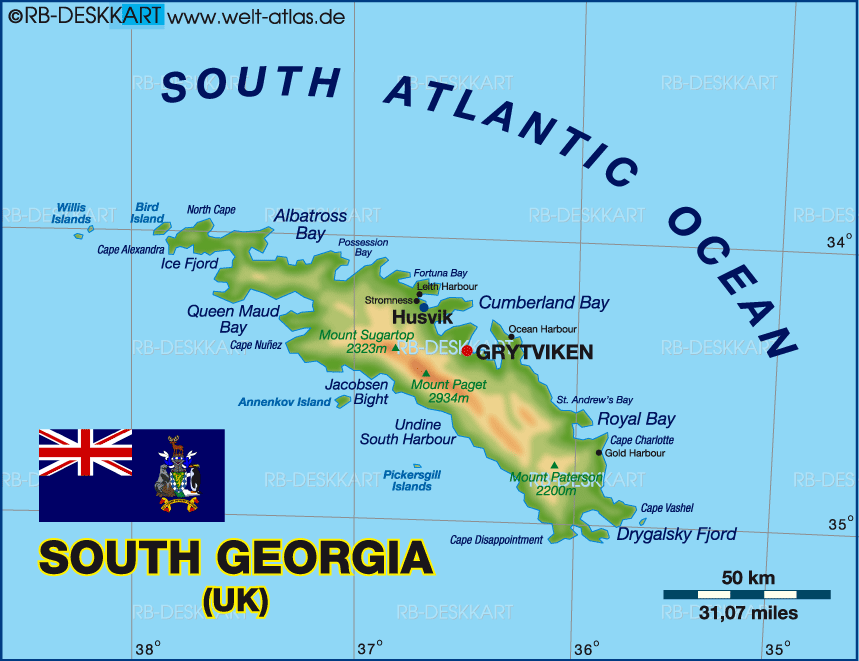UPSC Articles
Antarctic iceberg A68 becomes cause for concern for South Georgia Island
Part of: GS Prelims and GS-III – Environment
In news
- The giant Antarctic iceberg A68 has become a cause for concern for South Georgia Island.
Key takeaways
- The giant iceberg A68, the biggest block of free-floating ice from Antarctica with an area of about 5,800 sq. km, has been drifting in the Atlantic Ocean since 2017.
- In 2020, due to an ocean current, the iceberg was propelled into the South Atlantic Ocean and since then it has been drifting towards the remote sub-Antarctic island of South Georgia, which is a British Overseas Territory (BOT).
- This has prompted fears about the impact the iceberg could have on the island’s abundant wildlife.
- Icebergs travel with ocean currents and either get caught up in shallow waters or ground themselves.
- Recently, US National Ice Center (USNIC) confirmed that two new icebergs calved from A68a and were large enough to be named and tracked.
- They are called A68E and A68F.
Do you know?
- South Georgia is an island in the southern Atlantic Ocean that is part of the British Overseas Territory of South Georgia and the South Sandwich Islands (SGSSI).
- The main settlement is Grytviken.
- The US National Ice Center (USNIC) is responsible for naming icebergs, which are named according to the Antarctic quadrant in which they are spotted.















